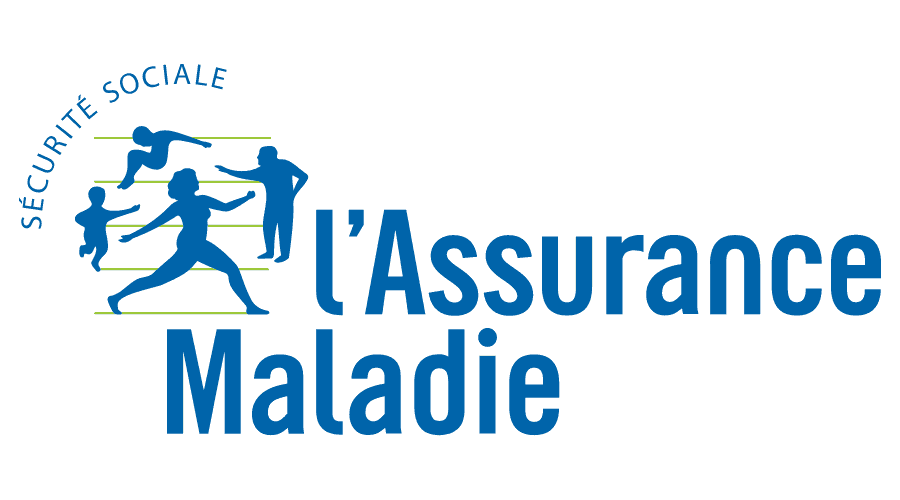








 Services
Blog
Français
Services
Blog
Français
This article demonstrates how to have your own project-specific twitter-bootstrap fork, allowing you to change stuff in variables.less and other files. In development, lesscss is computed by the browser, with the less library in debug mode. In production, it relies on django-compressor.
In site_base.html:
{% if debug %}
<link href="{{ STATIC_URL }}bootstrap/less/bootstrap.less" charset="utf-8" type="text/less" rel="stylesheet">
<link href="{{ STATIC_URL }}bootstrap/less/responsive.less" rel="stylesheet">
<script type="text/javascript">less = {}; less.env = 'development';</script>
<script type="text/javascript" src="{{ STATIC_URL }}less.js" ></script>
{% else %}
{% compress css %}
<link href="{{ STATIC_URL }}bootstrap/less/bootstrap.less" charset="utf-8" type="text/less" rel="stylesheet">
<link href="{{ STATIC_URL }}bootstrap/less/responsive.less" rel="stylesheet">
<link rel="stylesheet" type="text/css" href="{% static 'autocomplete_light/style.css' %}" />
{% endcompress %}
{% endif %}In settings.py:
COMPRESS_ENABLED = True
COMPRESS_PRECOMPILERS = (
('text/less', 'recess --compile {infile} > {outfile}'),
)
COMPRESS_DEBUG_TOGGLE = 'debug'Note the usage of twitter recess, which you can get by npm.
This is because we decided to fork from twitter bootstrap - ie. change stuff in variables.less and so on.








